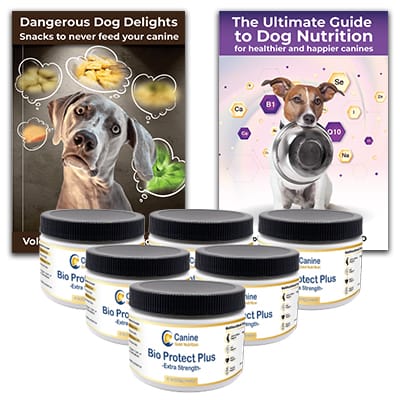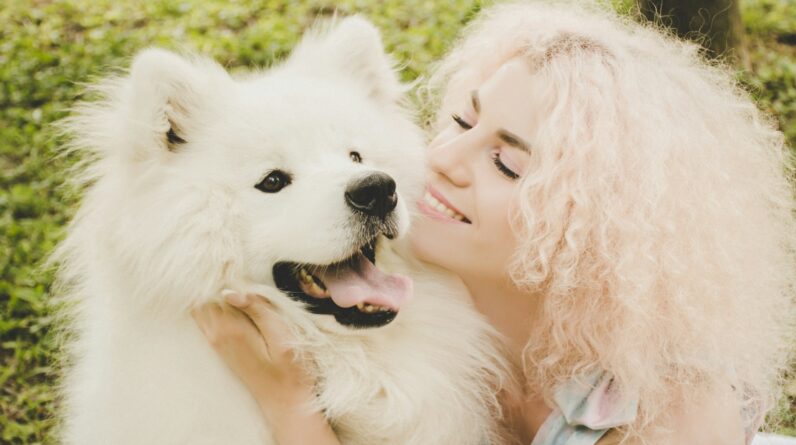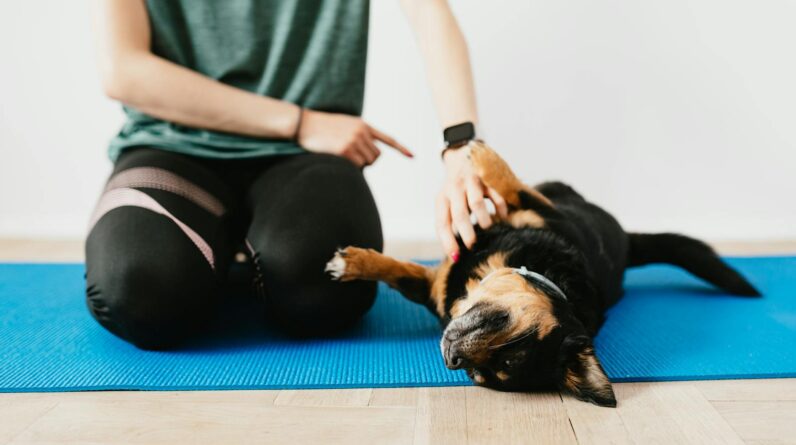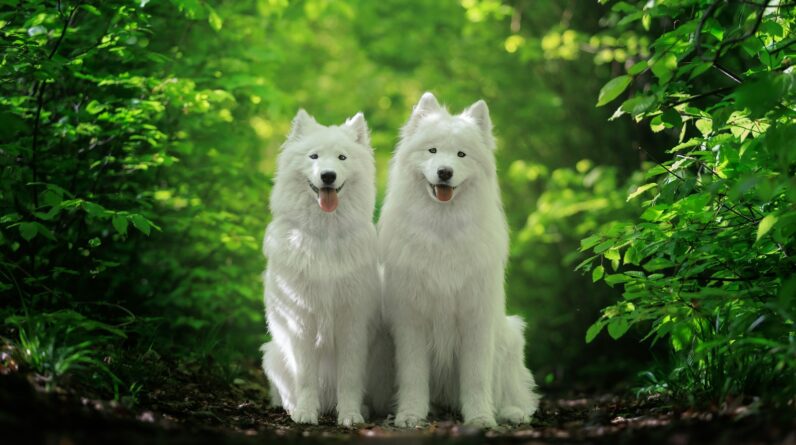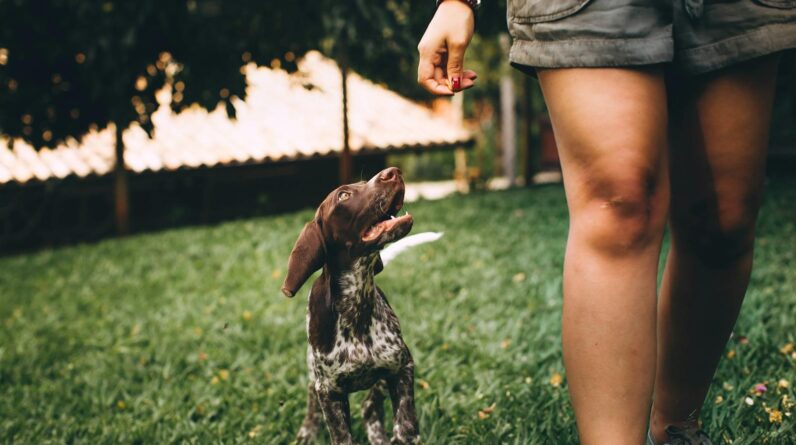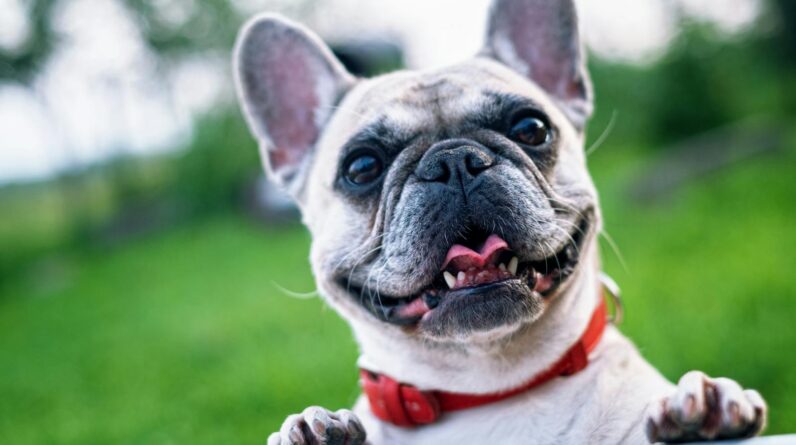
What’s a Raw Diet for Dogs?
Okay, so first things first — what is a raw diet for dogs? This means you give your doggy things like raw meat, bones, veggies, and fruit instead of the usual dog food you pick up at the store. You might see it called BARF, which stands for “Bones and Raw Food” or “Biologically Appropriate Raw Food”. It’s like eating super natural, right from nature.
The Good Stuff About Raw Diets
Let’s chat about why some people think raw diets are top-notch for their pups. Many say it makes their dog’s teeth cleaner; imagine chewing on a bone instead of brushing your teeth! Then, there’s their coat — it gets really shiny. Plus, they can poop better. No one likes a sick tummy, right? Some folks also believe that because wild dogs eat raw food, it must be the best way for all dogs to eat.
But Wait, There’s the Not-So-Good…
While a raw diet sounds nifty, it has its downsides. For starters, handling raw meat can be icky for humans. It can carry germs like Salmonella and E. coli, which can make you and your furry buddy sick. Also, getting the balance of nutrients just right is super hard. Dogs need a bunch of different vitamins and minerals. If you don’t know what you’re doing, your dog might miss out on something important.
It Can Be Tough on The Wallet
Oh boy, let’s talk cash. Buying raw meat, bones, and all that good stuff is not cheap. It can be way more expensive than scooping up a bag of regular dog food. So if your piggy bank isn’t full, this might make you think twice. Your parents have to budget for lots of things, and feeding Fido is one of them.
Not All Dogs Are the Same
Remember, not all dogs are like your friend’s dog or the one you saw on TV. Some dogs have sensitive tummies or different needs that might make a raw diet a bad idea for them. For example, puppies need a lot of special nutrients to grow big and strong, and older dogs might have trouble with their teeth, making chewing bones a no-go.
Check with The Vet
Before diving into a raw diet, it’s super important to talk to your vet. Just like you when you’re feeling icky and go to the doctor, dogs need a professional to tell them what’s best. The vet will know if a raw diet is a good choice for your dog or if it could cause some trouble.
Prepping The Food Takes Time
Getting raw food ready isn’t as quick as dishing out normal dog food. It can be a whole project. You’ve got to chop, measure, and mix all sorts of ingredients. It’s almost like making dinner for your family every night, but extra because it’s for your dog. So ask yourself, “Do I have enough time for this?”
The Bottom Line
Every dog is special — kind of like how some friends are crazy about broccoli while others can’t stand it. It’s the same with dogs and their food. Some dogs might feel awesome on a raw diet, while others might not. It’s all about finding what works best for your dog buddy.
So yeah, raw diets can be great for some dogs. They might get cleaner teeth, a shiny coat, and feel more like their wild wolf cousins. But you’ve got to be careful with germs, make sure they get all their nutrients, and be ready to spend more money and time. It’s a big decision, so take it slow, learn as you go, and always chat with your vet. They’re like the teacher for pet health!
What are the benefits of feeding my dog a raw diet?
Feeding your dog a raw diet can lead to shinier coats, healthier skin, and higher energy levels. It’s believed that raw diets more closely resemble what canines ate before domestication. Many owners report their dogs have smaller, firmer stool as well.
Another plus is that raw diets can help maintain healthier body weight in dogs. This can reduce the risk of obesity-related issues. Keep in mind, not all dogs may respond the same to a raw diet, so it’s good to monitor your pet’s reaction.
Are there any risks with raw diets for dogs?
Yes, there are risks. Raw diets can contain bacteria like Salmonella and E. coli, which can make dogs and humans in the household sick. There’s also the chance of an unbalanced diet if not carefully planned, leading to nutritional deficiencies or excesses.
Another concern is the potential for whole bones in the diet, which can cause choking, broken teeth, or internal punctures. If you’re considering a raw diet, consult a vet for safe practices and to ensure your dog’s needs are met.
How do I switch my dog safely to a raw diet?
To switch safely, you should do it gradually. Blend their current food with the raw diet and slowly increase the raw portion over several weeks. This lets your dog’s digestive system adapt without causing an upset stomach or diarrhea.
Also, monitor your dog closely for any changes in appetite, behavior, or stool consistency. If any issues arise, it’s wise to consult with your vet. They can guide you and make sure the transition is going smoothly for your pup.
Can any breed of dog be on a raw diet?
Pretty much any breed can eat a raw diet, but it’s important to tailor it to your dog’s specific needs. Puppies, seniors, or dogs with health issues require special diet consideration. The raw diet must suit their age, size, and activity level.
Always talk to your vet before making big diet changes. They can help you understand if a raw diet is good for your breed and what nutrients need to be included to keep your furry friend healthy and happy.
What should I include in my dog’s raw diet to make it balanced?
A balanced raw diet should include various ingredients like muscle meat, organ meats, raw bones, and sometimes a blend of fruits and vegetables. The organ meats are rich in vitamins and minerals while bones are good for calcium and phosphorus.
You might want to add some supplements like omega-3 fatty acids, vitamin E, or others recommended by your vet. Balance is key to prevent excesses or deficiencies, so research or ask a professional for raw diet recipes that meet all your dog’s nutritional requirements.
Key Takeaways
- A raw diet for dogs typically consists of raw meat, bones, fruits, and vegetables, mimicking a canine’s ancestral diet.
- Advocates say a raw diet leads to shinier coats, healthier skin, and higher energy levels.
- Many believe raw diets result in smaller, firmer stools and improved overall health.
- One concern is the risk of pathogens like Salmonella and E. coli, which can affect both pets and humans handling the food.
- There’s a debate on whether raw diets are nutritionally balanced; some dogs may need supplements to avoid deficiencies.
- Chewing raw, meaty bones can be good for a dog’s dental health but may also pose a choking hazard or cause internal punctures.
- Finding the right raw diet can be tricky and time-consuming, and it’s crucial to tailor it to your dog’s specific needs.
- Cost is a significant factor; raw diets can be more expensive than commercial dog foods.
- It’s vital to consult with a veterinarian or a canine nutritionist before making any diet changes, especially with a raw diet.
Final Thoughts
Hey, so we’ve chewed over the raw diet scene for dogs, right? It’s like, on the one hand, your furry friend can get this shinier coat and better digestion going on. More energy, too, which is pretty rad. But then, flip the script, and there’s a shady side. We talked about the risks like bacteria and nutrients getting all out of whack.
It’s not a one-size-fits-all deal, you know? Some pups might dig the raw vibes, while for others, it’s a hard pass. Vets can be on the fence or totally against it, making things kinda confusing when you just wanna do the best for your doggo.
Basically, it’s a big deal to weigh everything up. If you go raw, you gotta commit to doing your homework, keeping things safe and balanced. It’s like being a doggy diet detective, making sure your pal isn’t getting the short end of the stick.

